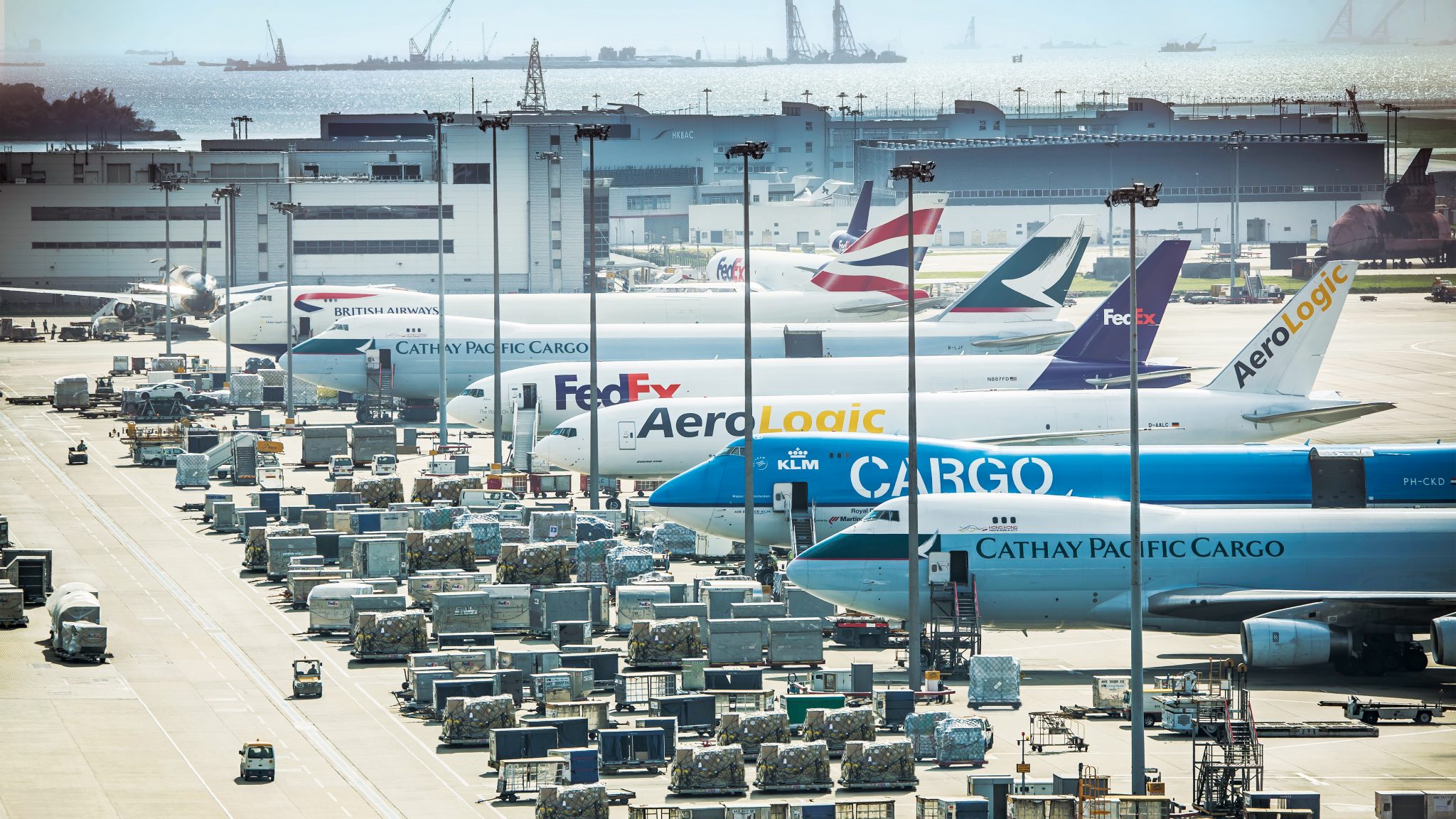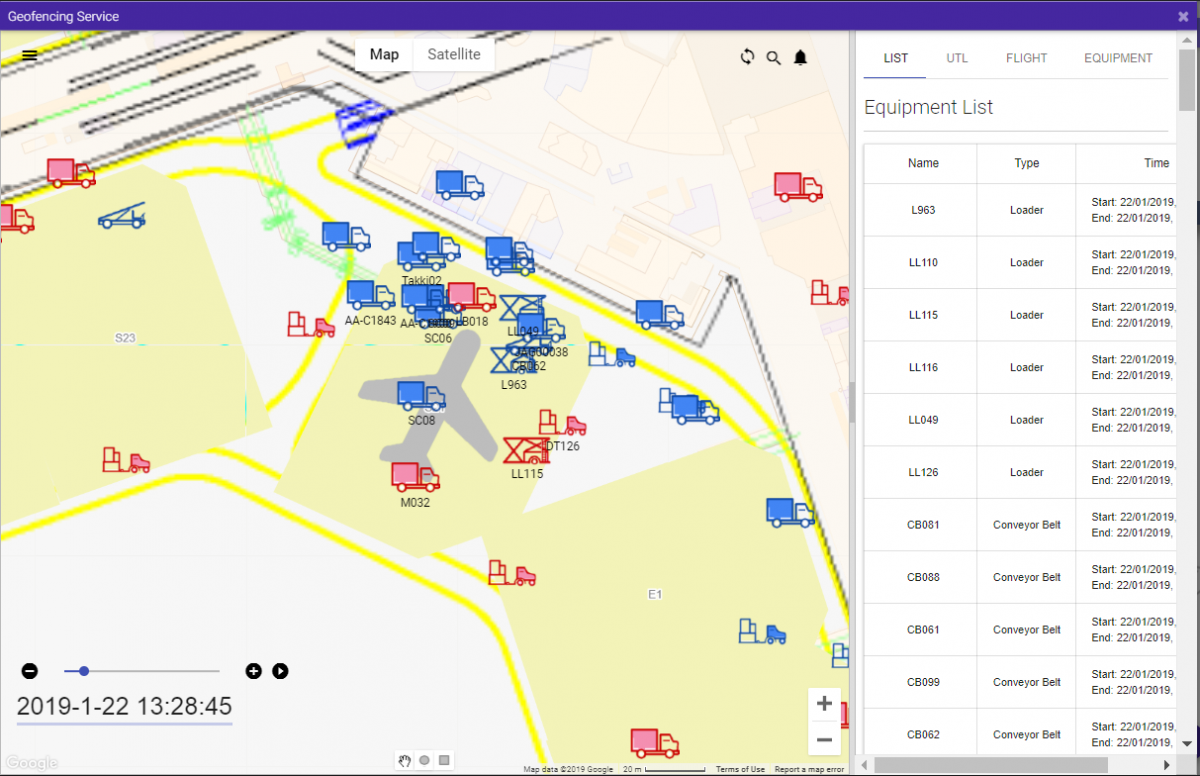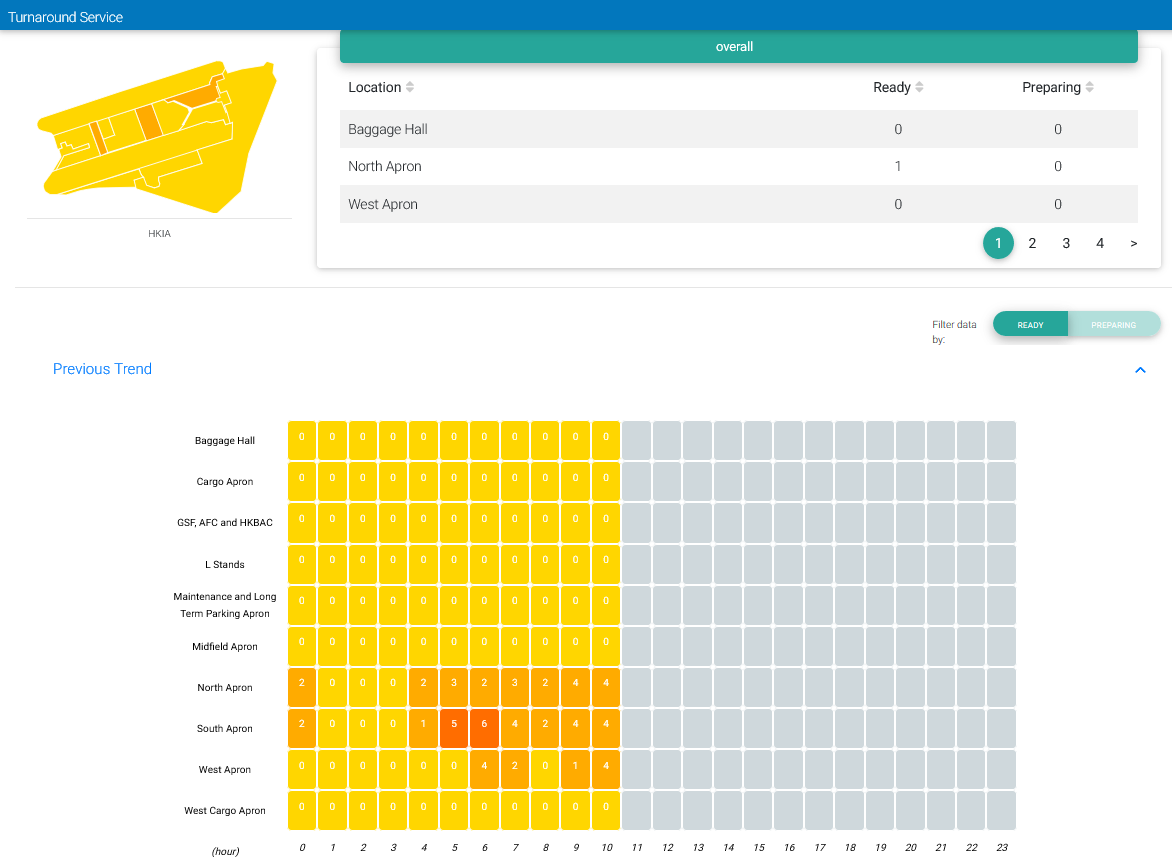Smart Move on the Airfield
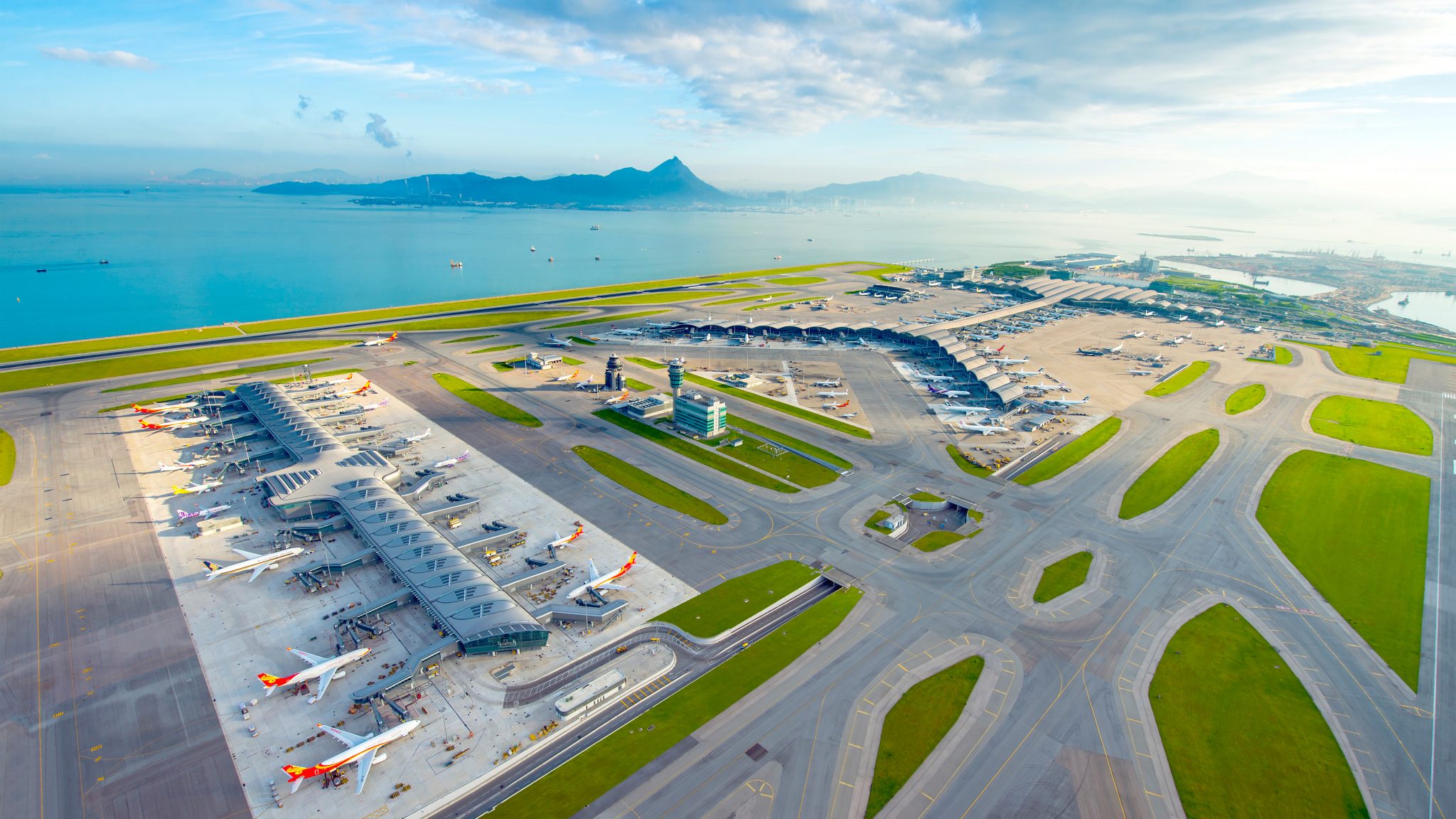
The Chinese University of Hong Kong (CUHK) Business School’s Centre of Cyber Logistics has won the ‘Hong Kong ICT’ award and the ‘WITSA Global ICT Excellence’ award for its advanced artificial intelligence (AI) system to improve airport operational efficiency, in a joint submission with Airport Authority of Hong Kong and ubiZense Ltd. Prof. Waiman Cheung, Director of Centre of Cyber Logistics (CCL) and Professor of Department of Decision Sciences and Managerial Economics at CUHK Business School, tells us in this interview how this project came about and how the system can create a truly smart airport.
The Hong Kong International Airport has been one of the world’s busiest airports for almost a decade, and it’s getting busier each year. While the airport has achieved an extremely high level of operational efficiency over time, there is always room for improvement, as each tiny clog in the big wheel creates a butterfly effect on the overall efficiency, which in turn has a combined impact on cargo flow and passenger experience.
To this end, the Airport Authority (AA) Hong Kong has been collecting lots of data to help its managers get a better handle on various operations in the airport, particularly on the airfield. However, a practical tool to make sense of the collected data was not available, and the tons of data were not being put to their maximum use, until AS2 came about.
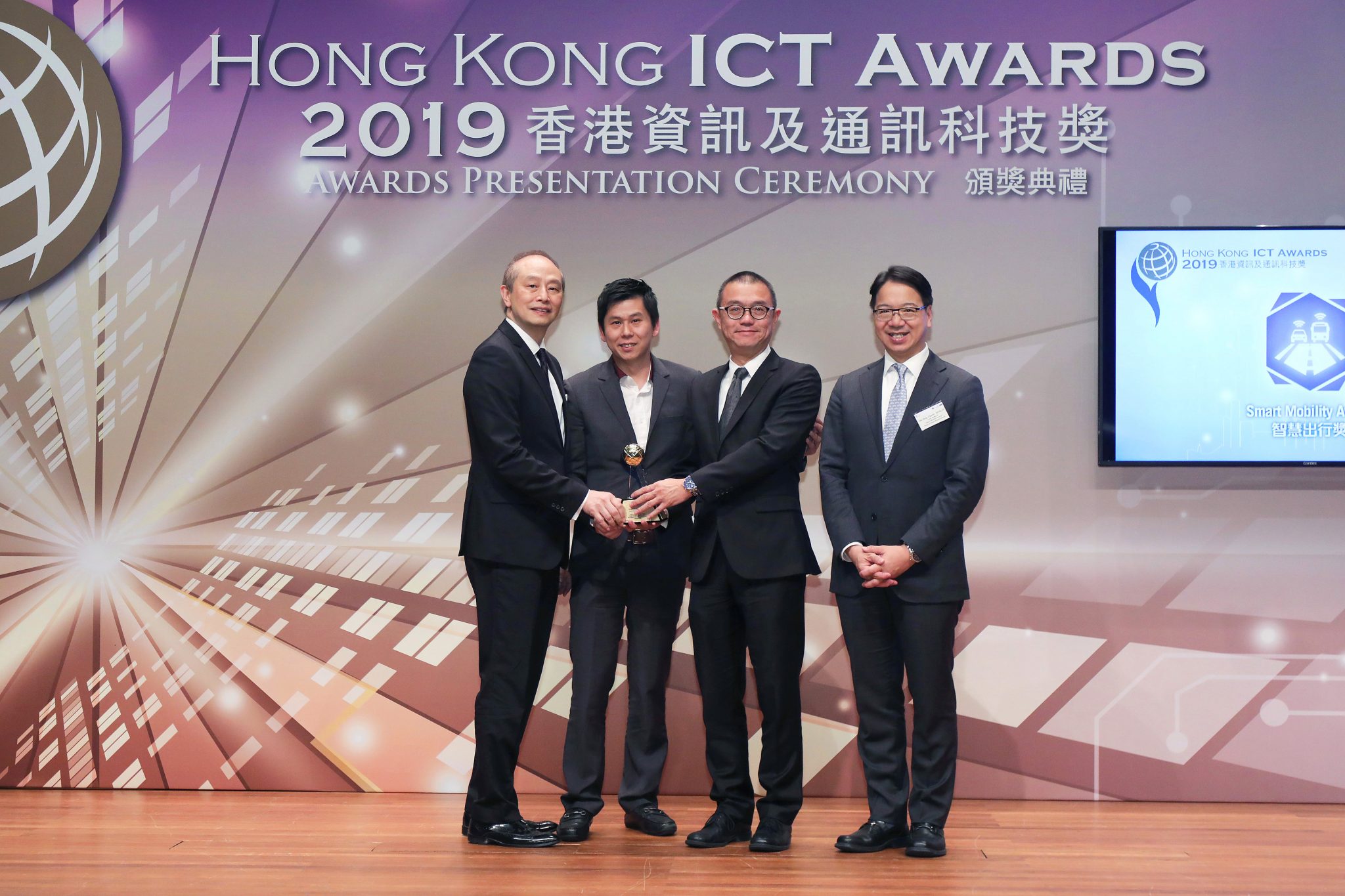 From left to right, Prof. Waiman Cheung, Director of CCL and Professor of Department of Decision Sciences and Managerial Economics at CUHK Business School; Dr. Jerrel Leung (PhD in Management Information Systems), Chief Architect of ubiZense and Steven Yiu, Deputy Director for Service Delivery of AA, receive the ICT Award at the Hong Kong ICT Awards 2019 awards presentation ceremony.
From left to right, Prof. Waiman Cheung, Director of CCL and Professor of Department of Decision Sciences and Managerial Economics at CUHK Business School; Dr. Jerrel Leung (PhD in Management Information Systems), Chief Architect of ubiZense and Steven Yiu, Deputy Director for Service Delivery of AA, receive the ICT Award at the Hong Kong ICT Awards 2019 awards presentation ceremony.
AS2 was the solution offered by the Asian Institute of Supply Chains and Logistics (AISCL)’s CCL at CUHK Business School. The centre joined efforts with ubiZense Ltd to develop a deep-tech system known as AS2. This advanced, cloud-based system won both the Grand and Gold awards in the “Smart Mobility” category in the Hong Kong ICT Awards in April 2019 and the “Public/Private Partnership” category in the WITSA Global ICT Excellence Award in October 2019.
What is AS2?
AS2 is abbreviation for “IoT-Augmented Airfield Service System.” IoT stands for the Internet of Things. Basically, it means that all objects can be assigned digital identification numbers and their locations and movements over time can be tracked online by devices equipped with Bluetooth, RFID and GPS. The system’s name reflects the nature of this advanced AI system, which seeks to improve the operations and services performed inside the airport and on the airfield by making use of the data gathered through the above equipment and subsequently stored on the cloud.
According to Prof. Waiman Cheung, both the AA and CCL under his institute had agreed that it was time to put all the unstructured, multi-format big data into practical use, so that the airport’s operational efficiency could be further improved. These data include the time markers and geographical coordinates of objects and equipment at the airport, as well as operational airport data.
“AA had already collected these data, but they had not developed a structured way to make use of them,” says Prof. Cheung. “We realised that the data could not be used effectively right away, because they were overwhelmingly huge and disparate.”
For example, even though the digital coordinates of a certain equipment are available, what is the equipment actually doing in real time? “We could not figure that out simply by looking at the data,” Prof. Cheung points out. “So we decided that there should to be a way to arrange and analyse such data to create intelligence. The question thus became: How do we sift out relevant data for analysis and convert them into AI?”
According to Prof. Cheung, the AA had the data but lacked the tool, but the university had the necessary tool without real-life data feeds. The two’s collaboration thus became a match made in heaven.
“We used the collected big data and crunched them in our AS2 prototype,” explains the professor. “We could see what was happening at the airport in real time using the data ─ this is known as data visualisation. Then we analysed whether the operational efficiency were up to the airport’s target.”
Gathering Accurate and Meaningful Data
Prof. Cheung and his team, including chief architect of the project, Dr. Jerrel Leung (PhD in Management Information Systems), who founded the firm ubiZense in 2018, discovered some “unexpected results” in their attempt to analyse the airport’s big data.
Dr. Leung was previously a research assistant professor of Department of Decision Sciences and Managerial Economics at CUHK Business School and was involved in the research and development of AS2. His firm commercialises academic and scientific research and takes it to the marketplace.
The “unexpected results” included the finding that there was a big difference in the quality and usefulness of the data collected by human beings vs. data collected by machines.
In the case of human-collected data, the team found unavoidable bias and errors. For example, if the target completion time for a certain task is 20 minutes, the data gatherer might have recorded almost all the numbers at just under 20 minutes ─ in a bid to help achieve the management target. By contrast, when using motorised equipment such as GPS and RFID sensors, the data gathered were a lot more accurate and timely.
“The process became a lot more objective as a result,” observes Prof. Cheung. “Only when we have objective and accurate data can we do proper and meaningful predictions.”
After sorting out the best way to collect data, the team proceeded to fine-tune the collection of data and the AI system itself to improve its accuracy.
“AS2 is a great example of how collaboration between university, industry, and technology company can come to fruition. The synergy in the AS2 ensemble offered a unique pioneering solution to help the Airport Authority Hong Kong to continue improve the baggage delivery efficiency and the overall on-time performance,” Dr. Jerrel Leung, Chief Architect of ubiZense.
“CCL’s cutting edge research to solve real-life industry problems and ubiZense’s deep technology in leveraging IoT, big data, and AI deep technology to realise the conceptual ideas and to solve the AA’s problem. The HKICT Award is a great recognition and assertion of our collaborative efforts and we are looking forward to our further collaborative innovations.”
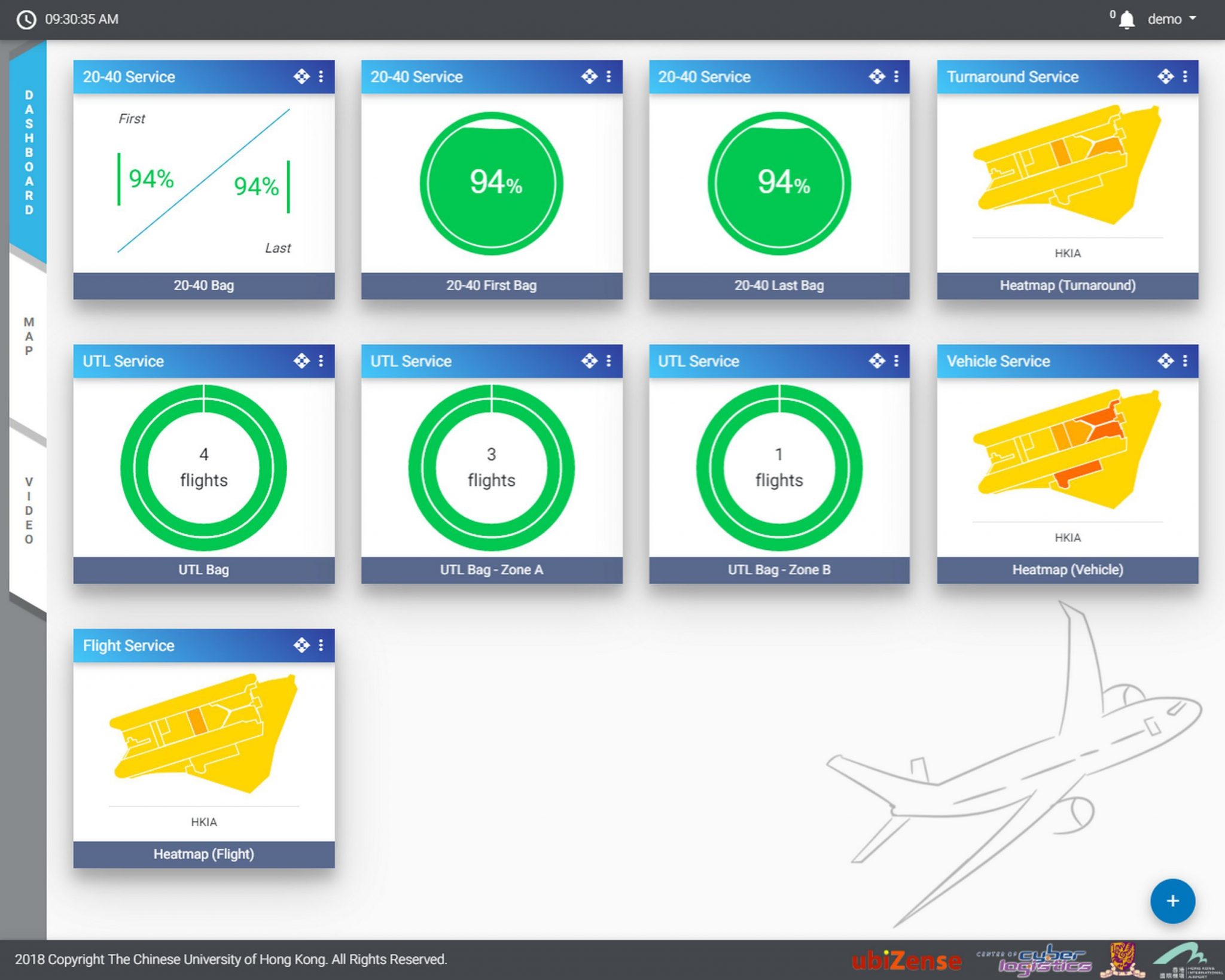 AS2 offers a multi-dimensional dashboard service to manage turnaround performance with enhanced operational visibility.
AS2 offers a multi-dimensional dashboard service to manage turnaround performance with enhanced operational visibility.
Tracking Operations in Real Time
AS2 allows airport managers to analyse all kinds of operations to see if they are performed on time, to find out the reasons for delays, and much more.
For example, automated equipment is attached to vehicles such as the baggage truck, and used to detect when the truck arrives at the gate. Say if an airplane has already parked at the gate but the baggage truck hasn’t yet arrived, that means the baggage delivery staff is not doing its job efficiently enough and the operational target is likely to be missed. Such an incident is recorded as part of the big data for further analysis.
“In the past, management had no idea what had happened once the baggage truck had left for the airfield. But with AS2’s automatic alert system, duty managers will be notified immediately when there is an accident, delay or speeding incident,” explains Prof. Cheung.
After the incident, data collected in real time can help provide a comprehensive view to aid the incident investigation process. Prof. Cheung says this is much better than the past scenario where foremen, duty managers, contractors, etc. presented different versions of the “truth,” making it extremely hard to pinpoint the root cause of the incident.
The most exciting feature of the system is that the entire scenario can be played back using computer animation technology.
“Because we have collected data in real time, minute by minute, we can retrace the whole scenario using animation.”
With the help of AS2, airport management will be able to more efficiently monitor the work of not only its own staff but that of its contractors as well ─ a key mission of the project.
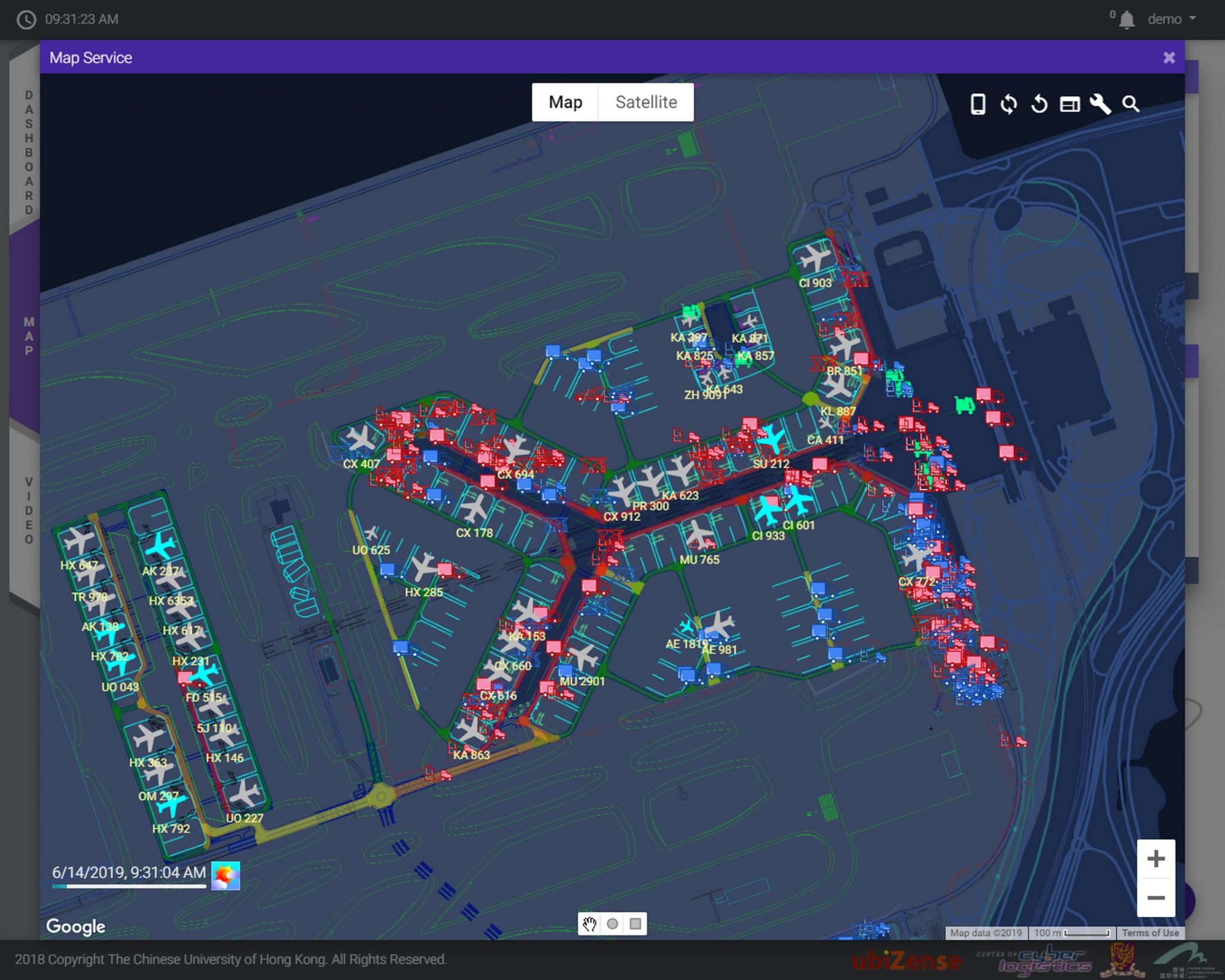 Through the map service provided by AS2, uses can understand the status of all flights and equipment on the apron.
Through the map service provided by AS2, uses can understand the status of all flights and equipment on the apron.
Data Put to Good Use
Besides investigating incidents, AS2 can also be used to improve procedures such as airplane maintenance, repair, cleaning and more.
“A large number of people work in these operational areas. They and their managers all wish to do a better job. Better data analysis would definitely help improve their work,” says Prof. Cheung.
In addition, the current congestion problem at the airport will benefit from a more efficient airfield operation.
Besides, airport passengers will be able to experience better service when real-time data are being collected and put to use for their benefits. For instance, there are a lot of luggage trolleys at the airport, but passengers sometimes just can’t seem to find them when they need them.
What AS2 can do in this case, is to detect where the trolleys are, how many there are, and how they are distributed in different parts of the airport. Using that data, combined with the information on flight arrivals, managers can assign the optimal number of trolleys to specific baggage carousel areas just in time for passengers’ arrivals.
The HKIA started using the AS2 prototype in Spring 2018, and is currently in Phase 2 of its deployment. “We’ll continue to improve our system and expand the coverage, year by year,” says Prof. Cheung.
Already, there has been improvements in many of the metrics with which the airport measures its operational efficiency. For example, aircraft turnaround ─ all the processes performed between the arrival and departure of an aircraft ─ and in particular arrival baggage handling has reached 90 percent of the AA’s performance target, according to Prof. Cheung.
“Of course, AS2 cannot claim full credit for that,” he adds. “There are other factors in play. But any improvement has a positive chain effect, considering how busy our airport is.”
“The airfield at HKIA is always extremely congested, so high efficiency is crucial for its smooth operation,” concludes the professor. “This, in turn, will reinforce Hong Kong’s position as a top international transportation hub and will improve passengers’ user experience as well.”
By Louisa Wah
Photo courtesy of The Airport Authority Hong Kong


